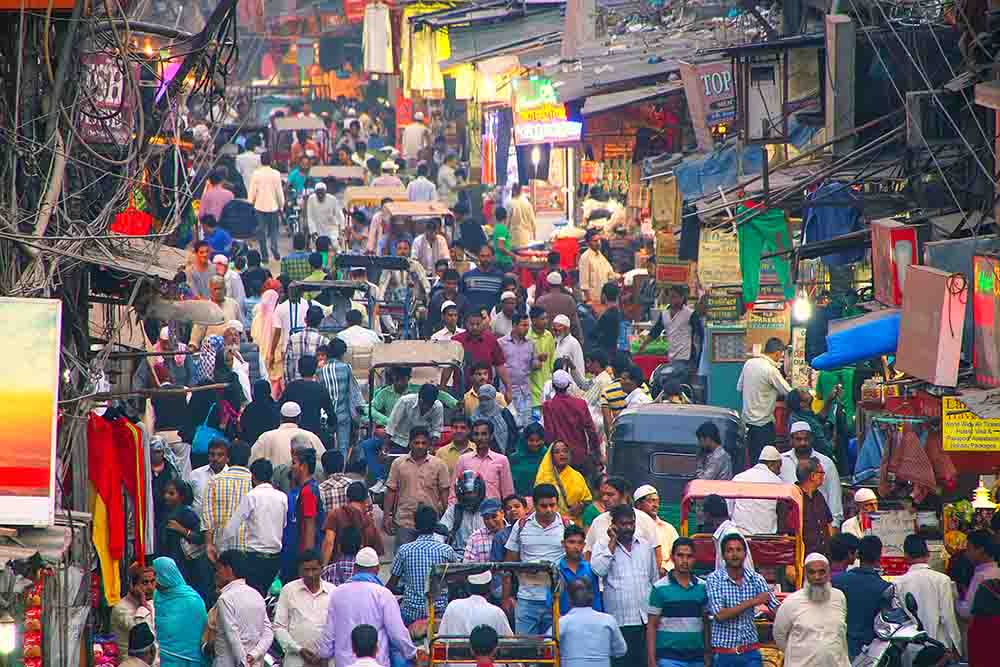India's demographic landscape is undergoing a significant transformation, with the elderly population set to double by 2050, according to the United Nations Population Fund (UNFPA). The recently released India Ageing Report 2023, in collaboration with the International Institute for Population Sciences (IIPS), sheds light on this burgeoning issue. Notably, the report highlights the feminisation of the elderly population, regional variations, and the challenges posed by poverty and social security awareness.
The report reveals that India's elderly population is growing rapidly, with a decadal growth rate of 41 per cent. By 2050, it is projected that over 20 per cent of India's population will be elderly. A striking prediction is that the elderly population will surpass the population of children (0 to 15 years old) by 2046.

Higher Life Expectancy of Women:
One key finding is the higher life expectancy of women compared to men, especially at ages 60 and 80. This trend varies across states and territories. In Himachal Pradesh and Kerala, women at 60 years have a life expectancy of 23 and 22 years, respectively, which is significantly greater than men at 60 years in these states. This gender gap in life expectancy poses unique challenges for elderly women.
The sex ratio among the elderly has been steadily climbing since 1991, unlike the general population where it has stagnated. In some regions, such as central India, women have outperformed men in survival after 60 years, with the sex ratio increasing from 973 in 2011 to 1,053 in 2021. However, in the northeast and the east, men still outnumber women among the elderly.
A major concern addressed in the report is the feminisation and ruralisation of the elderly population. Older women are more likely to face poverty, widowhood, and dependence on their families. As the elderly population grows, these challenges must be urgently addressed to ensure the well-being and dignity of India's ageing population.